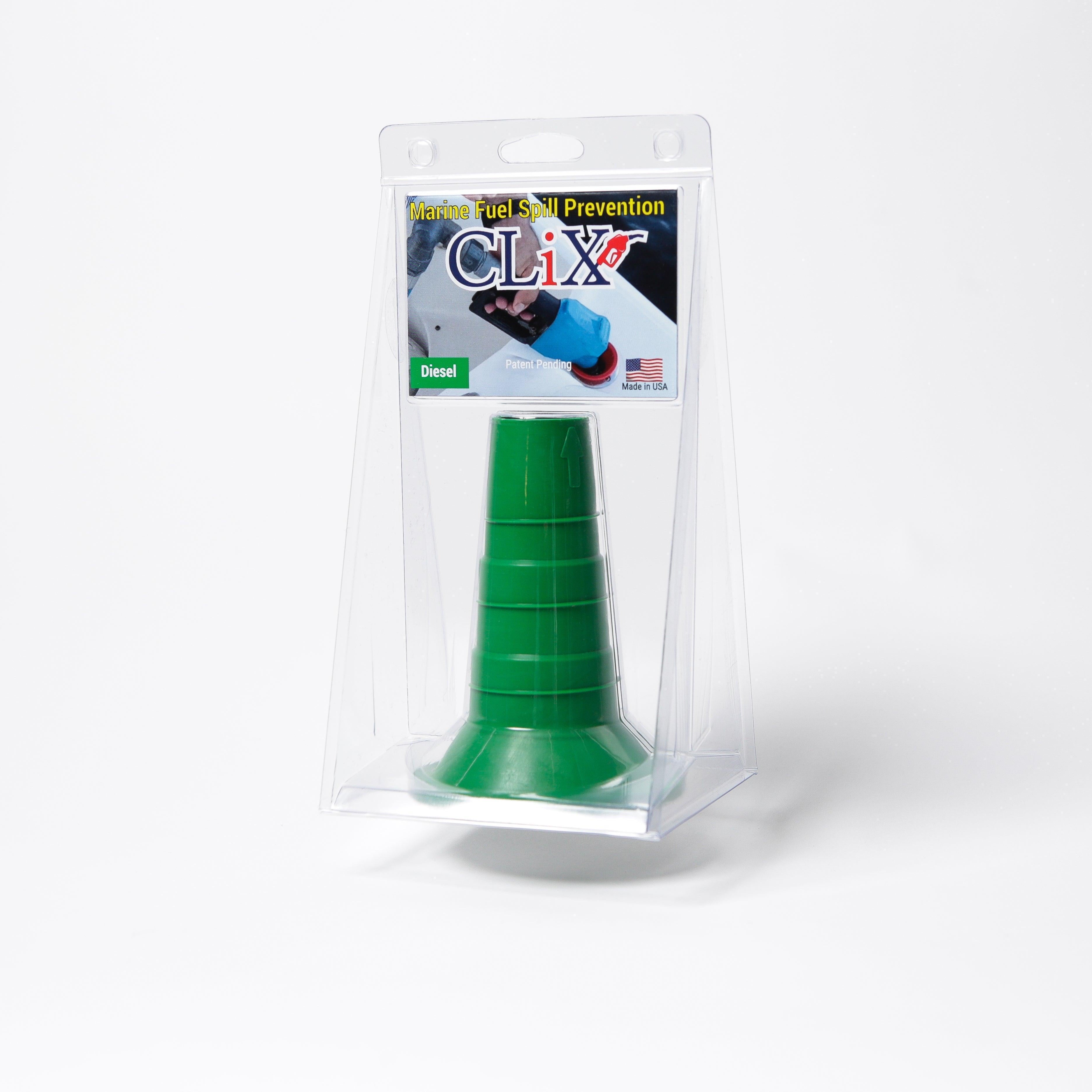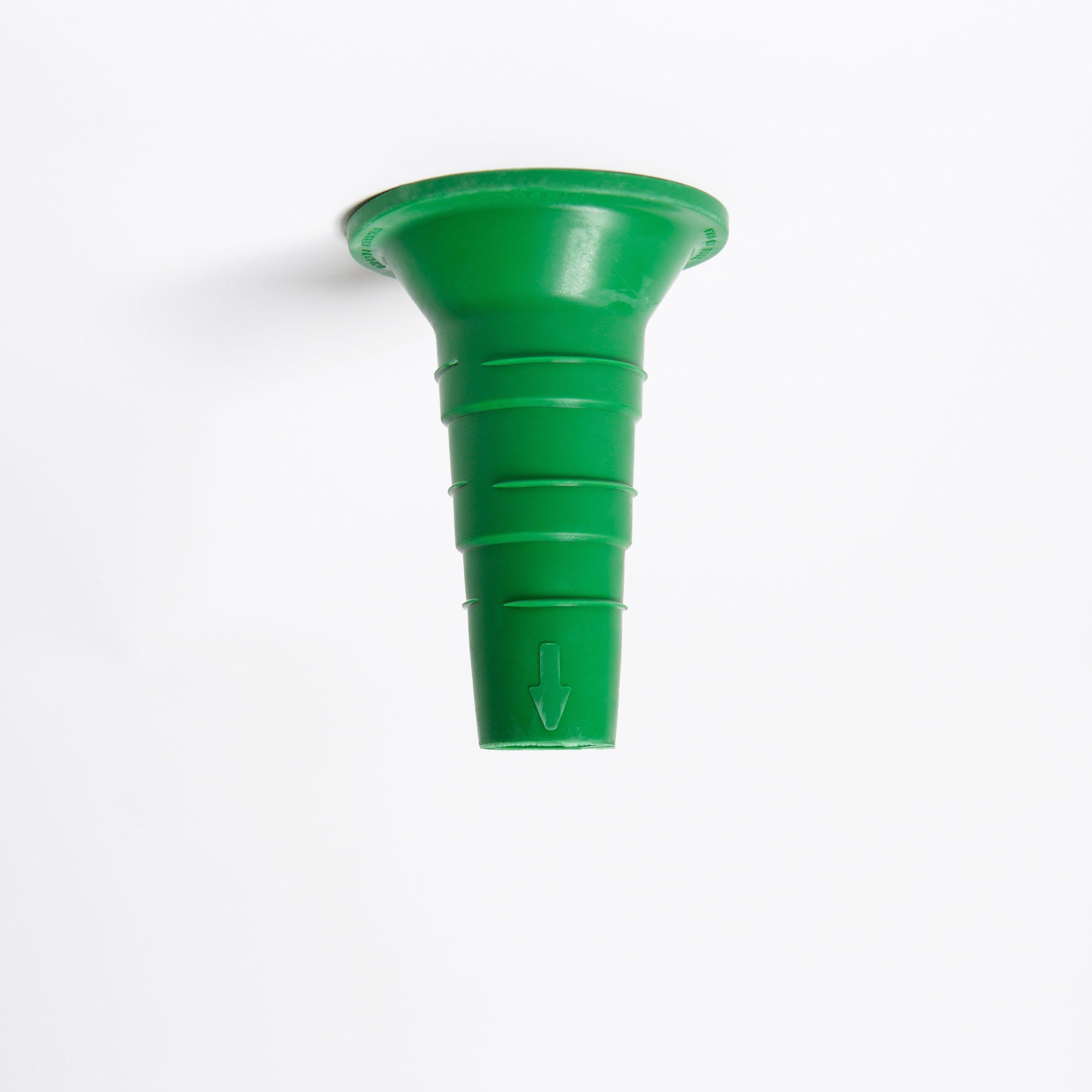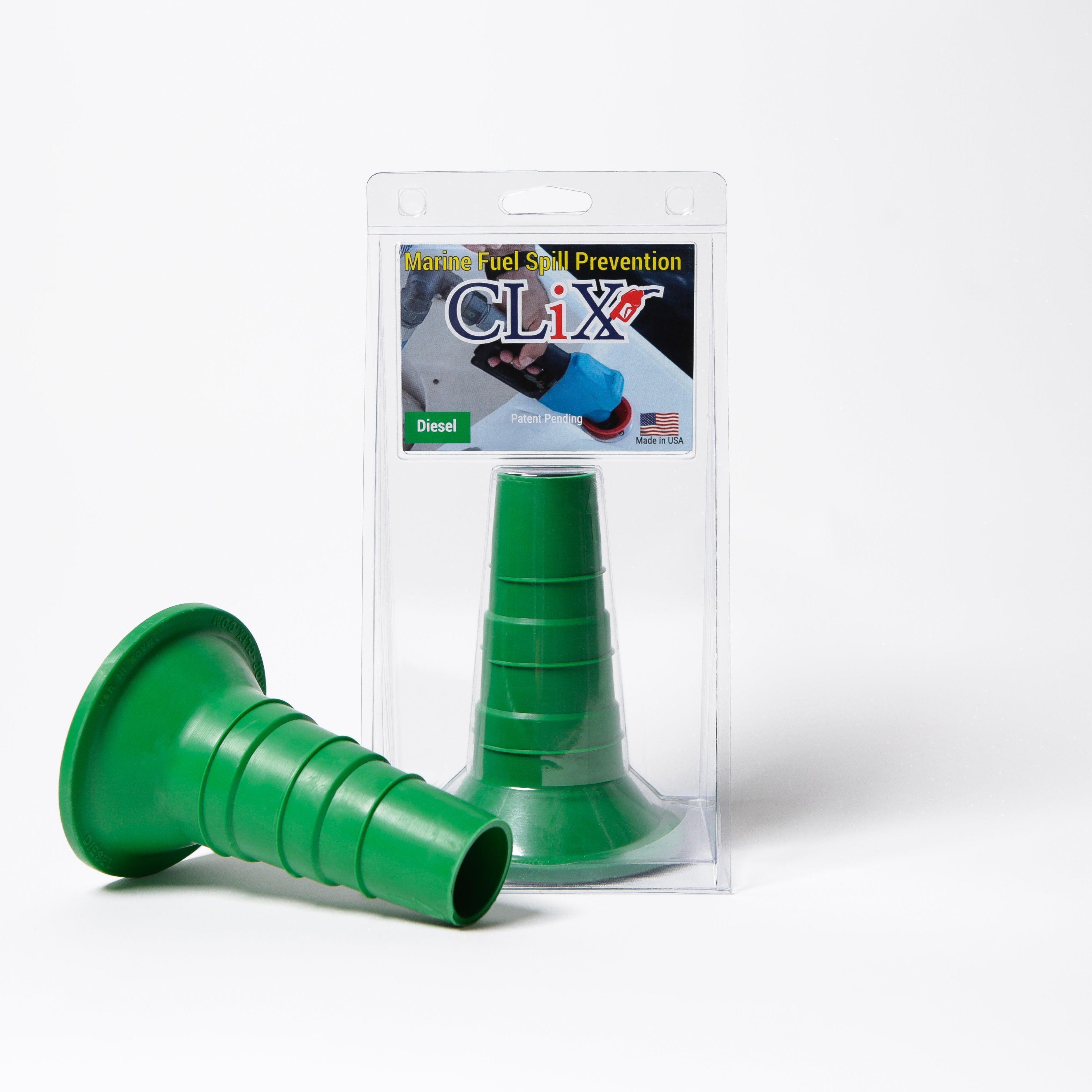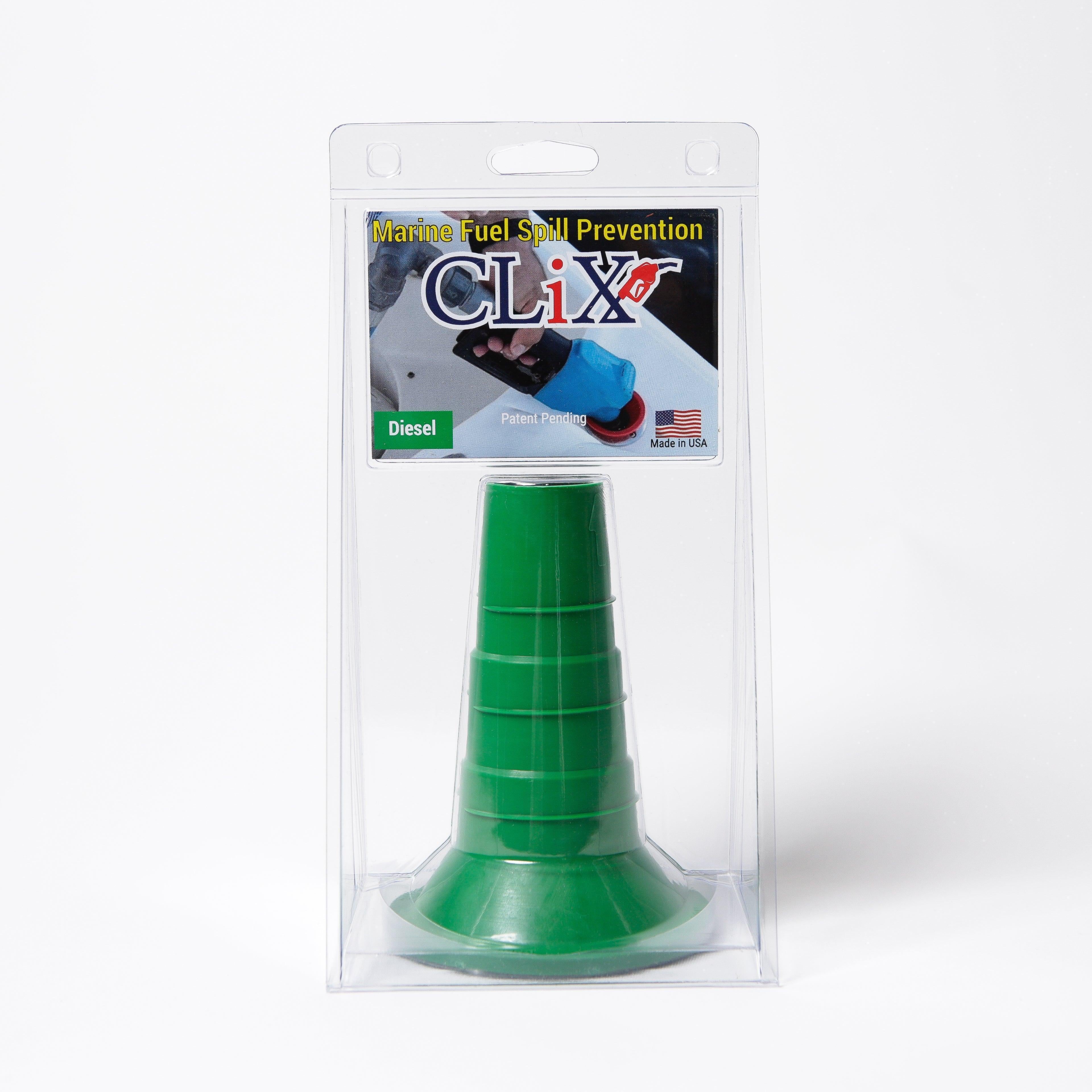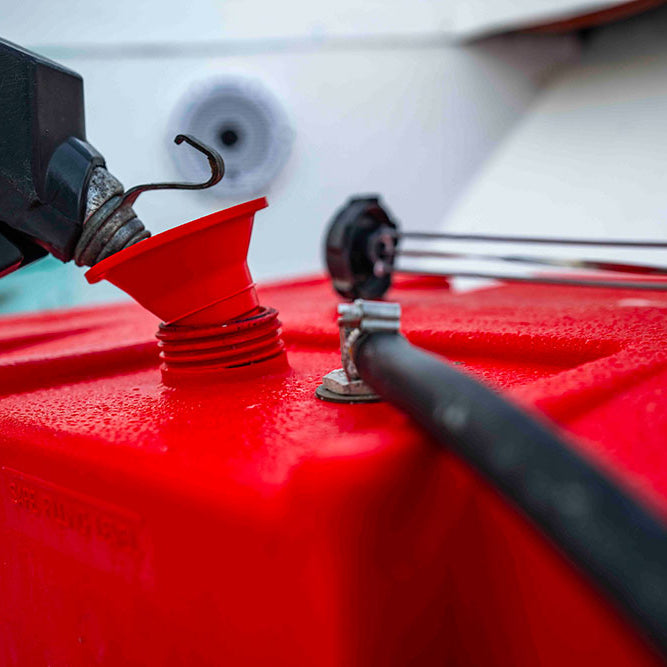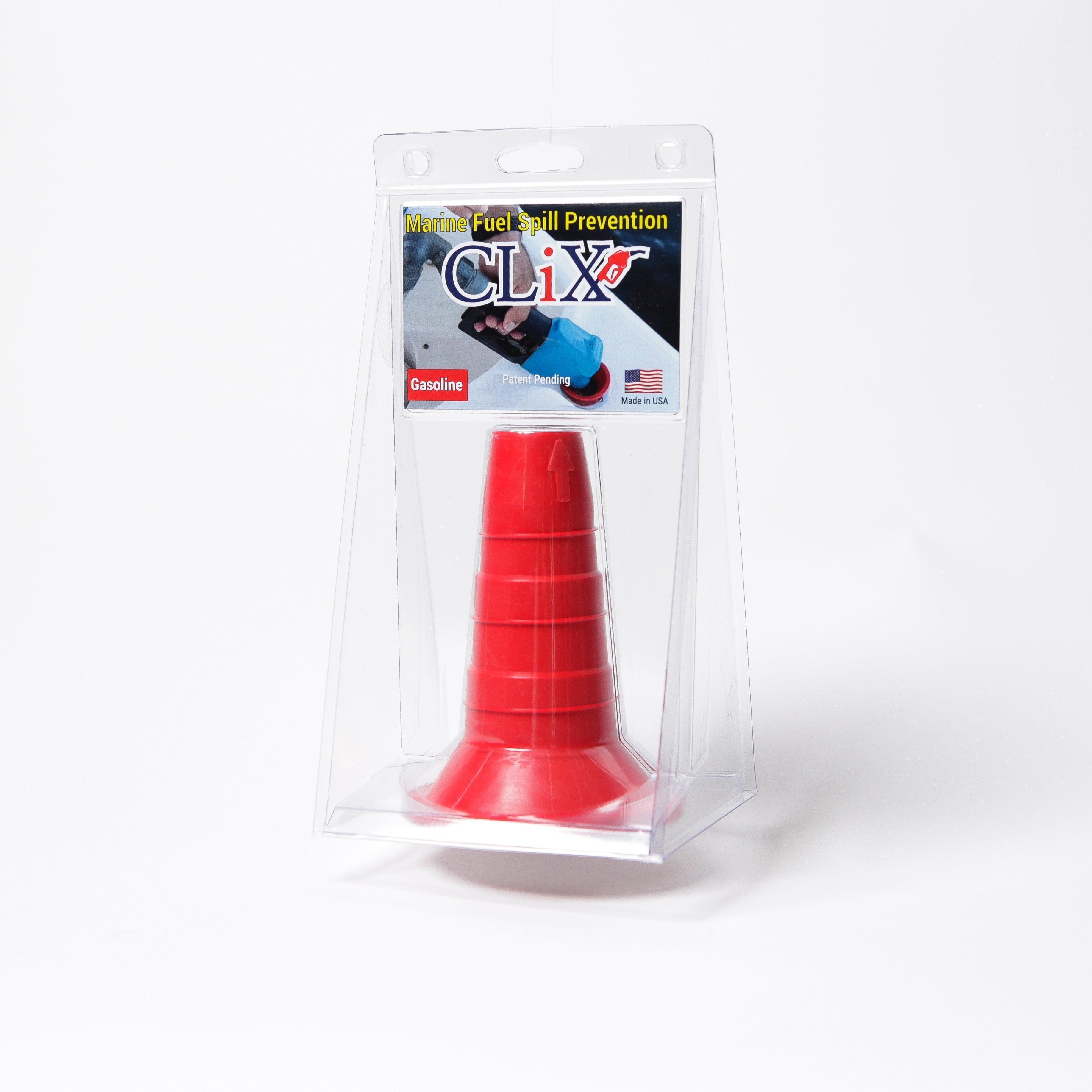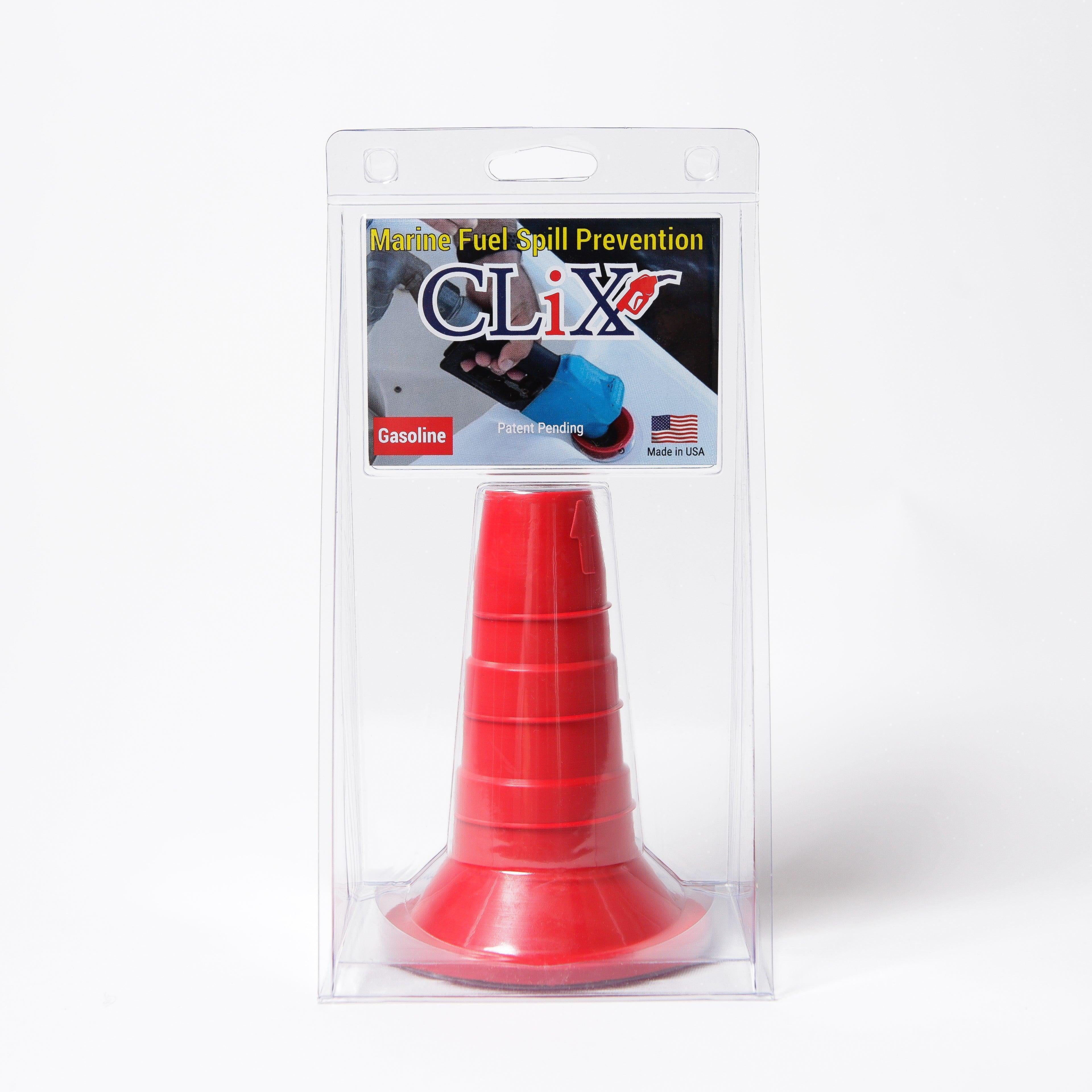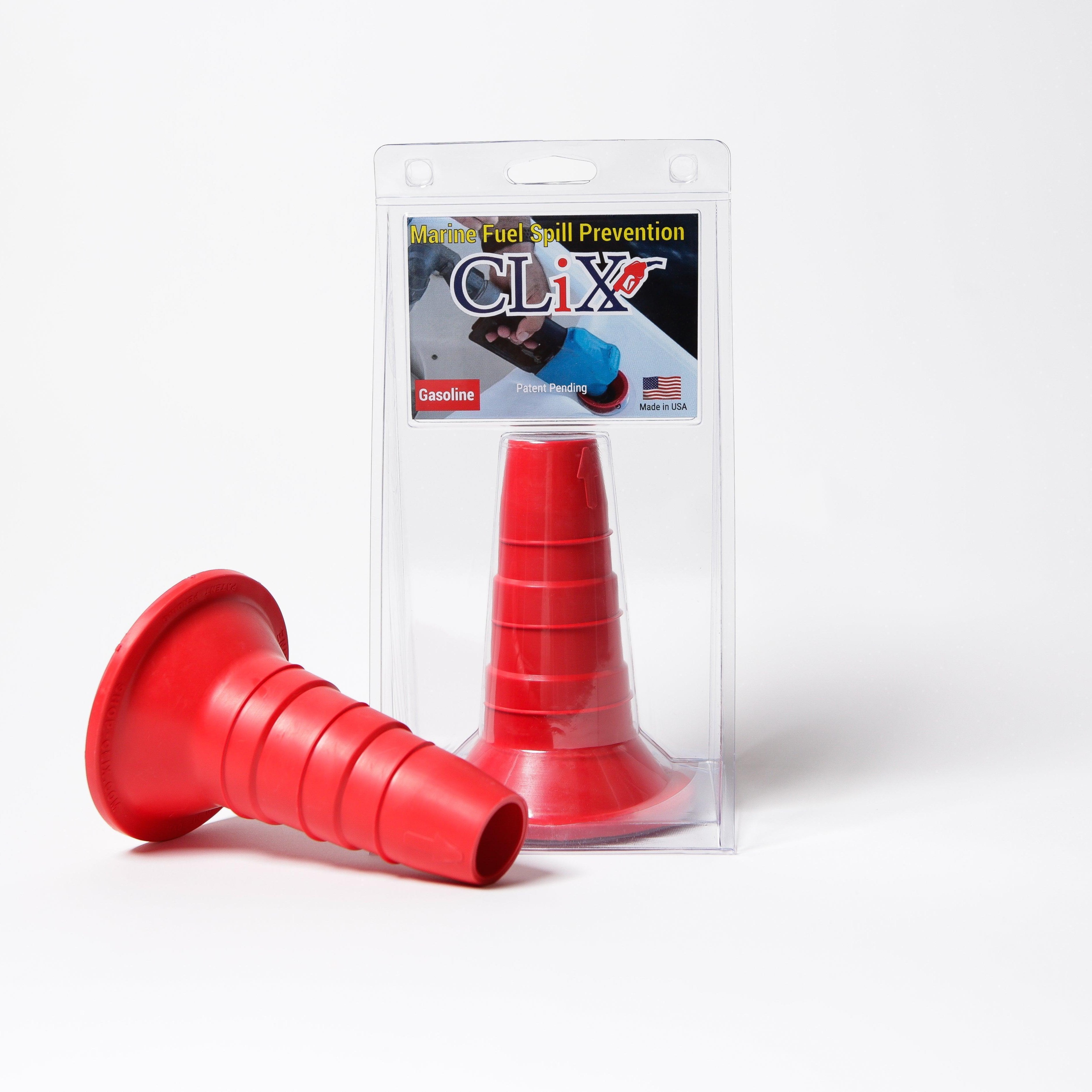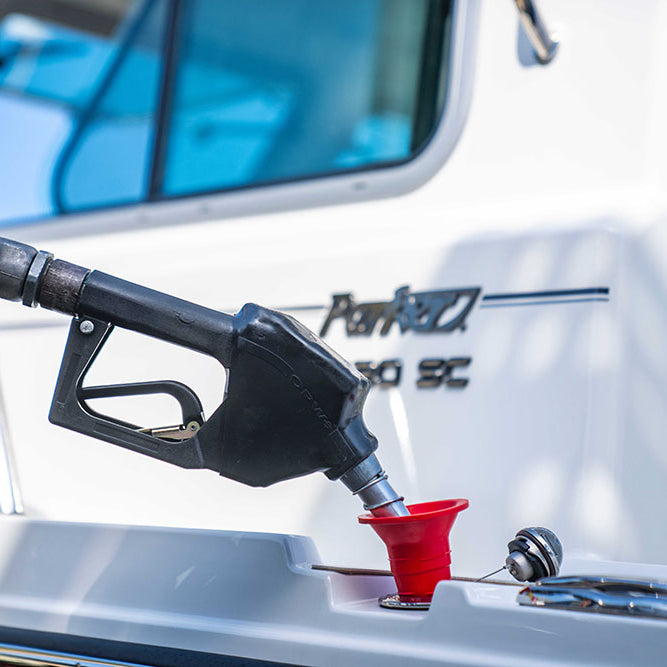Understanding DEF Fuel Pumps: The Heart of Modern Diesel Systems
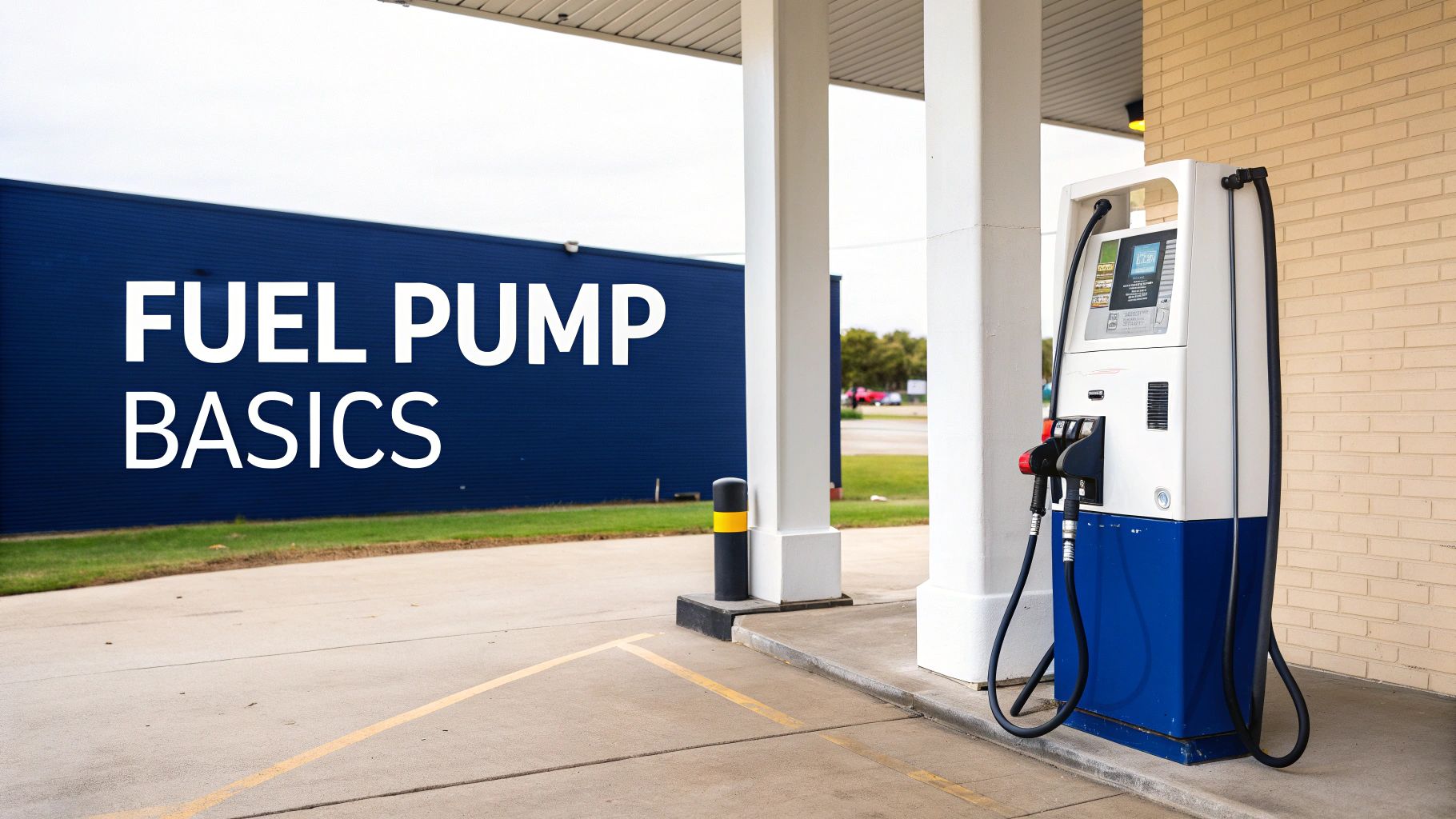
Diesel Exhaust Fluid (DEF) pumps are vital for today's diesel vehicles. They play a crucial role in reducing harmful nitrogen oxide (NOx) emissions, a key requirement for meeting current environmental regulations. These pumps work with Selective Catalytic Reduction (SCR) systems.
This technology injects a precise dose of DEF into the exhaust stream. Here, it converts NOx into harmless nitrogen and water vapor. This important process wouldn't be possible without the precise DEF delivery these specialized pumps provide.
The Importance of DEF Purity
The specific makeup of DEF is 32.5% urea and 67.5% deionized water. This precise composition is crucial for a properly functioning SCR system. Impurities can damage the catalyst and other components, leading to expensive repairs. That's why using high-quality, ISO-standard DEF is so important.
Even small amounts of contaminants can clog the DEF pump and injector. This disrupts the precise fluid delivery necessary for optimal NOx reduction. Therefore, choosing the right DEF is vital for maintaining your vehicle's emissions system.
When selecting a DEF fuel pump, consider how branding and marketing can influence decisions. You can explore trade show branding tips for more information. This research helps ensure your diesel engine remains compliant and performs efficiently.
Understanding the wider fuel pump market adds valuable perspective. Fuel transfer pumps, used for moving fuel, represent a large portion of this market. This market was valued at USD 1.71 billion in 2021. It’s projected to grow at a CAGR of 4.9% through 2030, fueled by rising demand and stricter regulations. You can find more statistics here.
How DEF Pumps Differ From Traditional Fuel Pumps
Both DEF pumps and traditional fuel pumps move fluids, but they have key differences. These differences are due to the unique properties and purposes of DEF compared to diesel fuel. The table below highlights these distinctions.
To help clarify these differences, let’s look at a comparison of DEF and traditional fuel pumps.
| Feature | DEF Pump | Traditional Fuel Pump |
|---|---|---|
| Fluid | Diesel Exhaust Fluid (DEF) | Diesel Fuel |
| Purpose | NOx emissions reduction | Engine combustion |
| Operating Pressure | Lower | Higher |
| Material Compatibility | Specific to DEF | Specific to Diesel Fuel |
| Flow Rate | Precisely controlled | Variable based on engine demand |
As this table shows, while both pumps move fluids, their functions and operating requirements are quite distinct.
The Role of Regulations
Government regulations now require DEF systems, and therefore DEF pumps, in most modern diesel vehicles. These regulations aim to reduce harmful emissions and improve air quality. As a result, understanding your DEF pump system is critical for compliance and avoiding potential penalties.
A well-maintained DEF pump can also prevent expensive downtime and repairs, extending your diesel engine’s life and reliability. This knowledge helps diesel vehicle owners make smart choices about maintenance and repairs. Ultimately, this contributes to the overall performance and lifespan of their vehicles.
Mechanical Vs. Electric: Choosing Your DEF Fuel Pump Battle Plan
Choosing the right DEF (Diesel Exhaust Fluid) fuel pump is a crucial decision for any diesel vehicle owner. It impacts not only your vehicle's performance but also its maintenance needs and overall running costs. It's more than just selecting a part; it's about creating a fuel strategy tailored to your specific requirements. Let's break down the two main types: mechanical DEF pumps and electric DEF pumps.
Mechanical DEF Pumps: The Workhorses of Reliability
Mechanical DEF pumps are known for their robust design and straightforward operation. Driven directly by the engine, these pumps are a popular choice for their durability, particularly in challenging environments. They're the tried-and-true option, built to withstand tough conditions. Their simplicity also makes troubleshooting easier. If an issue arises, diagnosing and fixing a mechanical pump is typically less complicated than dealing with an electrical system. This is a major plus for those prioritizing uptime and hands-on maintenance.
However, mechanical pumps lack the precise control of electric models. They deliver DEF at a fairly constant rate, which isn't always ideal for varying driving conditions. They also tend to be less fuel-efficient, which can lead to slightly higher operating costs over time.
Electric DEF Pumps: Precision and Control
Electric DEF pumps offer a more modern approach to DEF delivery. Powered by the vehicle’s electrical system, these pumps provide precise control over the DEF flow. This allows the system to adjust the DEF delivery based on real-time engine needs, optimizing efficiency and minimizing emissions. Their integration with the vehicle's computer system allows for advanced diagnostics and monitoring. This can help detect potential issues early, preventing costly repairs and downtime.
On the downside, electric DEF pumps can be more susceptible to extreme temperatures and voltage fluctuations. Replacement costs are also typically higher compared to mechanical pumps. For those operating in harsh environments, this is a key consideration. However, the potential long-term savings from improved efficiency and preventative maintenance can often make electric pumps a worthwhile investment.
Hybrid Technologies: Bridging the Gap
Some specialized applications utilize hybrid DEF pump systems. These combine the benefits of both mechanical and electric designs. Typically, a mechanically driven pump handles the primary DEF delivery, while an electric pump provides fine-tuning and precise control. This setup offers a balance of reliability and precision tailored to specific operational requirements. This emerging technology demonstrates the continuous innovation in the DEF pump market.
The broader fuel pump market, including DEF pumps, is experiencing significant growth. The global market, valued at roughly USD 8 billion in 2024, is projected to reach about USD 11.51 billion by 2034, with a CAGR of 3.71%. Factors driving this growth include increased vehicle production and the shift towards more efficient electric fuel pumps. You can find more detailed statistics here. This trend underscores the importance of selecting the right DEF pump, as it plays a vital role in fuel delivery and emissions control.
Choosing the Right Battle Plan
The ideal DEF pump for you depends on several factors, including your operating environment, maintenance capabilities, and budget. Think about the typical temperatures your vehicle encounters, how often and how intensely you use it, and your comfort level with various maintenance procedures. Carefully evaluating these factors will help you choose a DEF pump that ensures reliable performance and longevity for your diesel engine.
Installing Your DEF Fuel Pump: A Step-by-Step Success Path
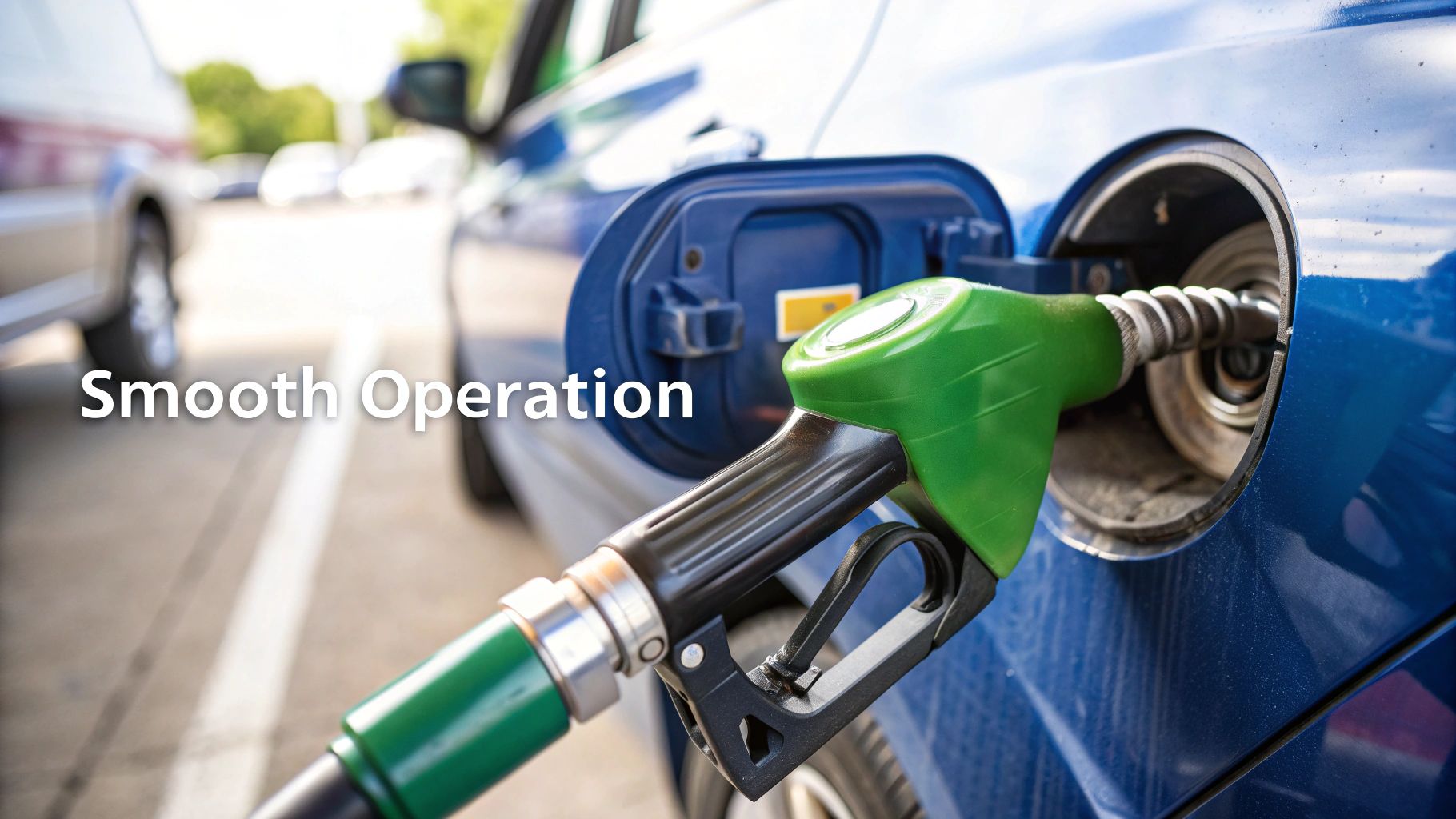
Installing a DEF fuel pump can feel intimidating, but with a clear plan, it's a manageable task. This guide provides a simple, step-by-step process to help you install your DEF pump with confidence.
Pre-Installation Checklist: Gathering Your Tools and Ensuring Safety
Before you start, gather your tools. You'll need a socket set, wrenches, pliers, screwdrivers, safety glasses, gloves, and a container for the old DEF fluid. Safety is essential. Always disconnect the vehicle's battery before working on the DEF system to avoid electrical shocks and protect the vehicle's electronics.
Mounting the DEF Pump: Securing the Foundation for Success
Mounting the pump correctly is crucial for optimal performance and leak prevention. The DEF pump should be securely attached to its designated mounting bracket, usually near the DEF tank. Use the correct bolts and tighten them according to the manufacturer's specifications. This prevents vibrations that can damage the pump. Also, pay attention to the pump's orientation, as some have specific flow directions.
Electrical Connections: Powering Up Your DEF Pump
With the pump mounted, it's time to connect the electrical system. Consult your vehicle's service manual for the correct wiring diagram. Accurate wiring is essential to prevent pump failure or damage to the vehicle's electrical system. Use appropriate connectors, ensuring all connections are secure and protected from the elements.
Integrating with Your DEF System: Creating a Seamless Connection
The new DEF pump integrates with the existing DEF system, including the tank, lines, and injector. All connections must be tight and leak-free, as leaks can reduce performance and damage other components. Test the system by pressurizing it with air or DEF to check for leaks before moving on.
Addressing Common Installation Challenges: Navigating Tight Spaces and Compatibility Issues
Working in a cramped engine compartment can be a challenge. Careful planning and temporarily removing other components might be necessary. Compatibility with older vehicles can also present issues, potentially requiring adapters or modifications. Some older models may lack a dedicated mounting bracket, necessitating custom fabrication. Research and preparation are key.
DIY vs. Professional Installation: Knowing When to Call in the Experts
While a DIY installation can save money, assess your skills and the job's complexity. If you're unsure about any step, consult a qualified diesel mechanic. Professional installation typically costs between $300 and $800, depending on the vehicle and pump. A failed DIY attempt can lead to much more expensive repairs, making professional installation a worthwhile investment in many cases.
Testing Your Installation: Ensuring Everything Works as It Should
After installation, test the system. Run the engine and check for leaks. Monitor the DEF level and pressure to ensure the pump is functioning correctly. Many modern vehicles have diagnostic systems that can identify DEF pump problems with specific fault codes, like the P20E8 (reductant pressure too low). Understanding these codes can help you quickly troubleshoot any issues. This final check confirms a successful installation and ensures your diesel engine runs efficiently and meets emissions regulations.
DEF Fuel Pump Maintenance Secrets: Extending Lifespan and Performance
Proper DEF fuel pump maintenance can significantly extend its life and optimize performance. This means fewer repairs, less downtime, and lower operating costs. Whether you manage a fleet or are a weekend driver, these maintenance tips can save you thousands.
The Importance of Regular Maintenance
Like any critical component in a diesel vehicle, the DEF fuel pump needs regular attention. A proactive maintenance schedule is key to preventing costly failures. This involves regular inspections, fluid checks, and timely component replacements.
-
Regular Inspections: Routinely inspect your DEF pump for leaks, damage, or unusual noises. Addressing these issues early can prevent them from becoming major problems.
-
Fluid Checks: Regularly check the DEF fluid level and quality. Using high-quality DEF, such as that certified by the American Petroleum Institute (API), is crucial. Remember, DEF fluid degrades over time, especially in warmer temperatures.
-
Component Replacements: Certain DEF pump components, such as filters, have a limited lifespan. Refer to your vehicle's owner's manual for recommended replacement intervals.
DEF Fluid Quality: Don't Skimp
The quality of your DEF fluid is vital to the health of the entire system. Low-quality DEF can contain impurities that damage the pump, clog filters, and even impact the SCR catalyst. This can decrease performance, increase emissions, and lead to expensive repairs. Using high-quality, API-certified DEF protects your investment.
Seasonal Operation: Adapting to the Weather
Seasonal changes present unique challenges for DEF fuel pumps. In cold climates, freeze-thaw cycles can damage the pump and lines. Using appropriate cold-weather DEF or protecting the system during extreme cold is necessary. Overheating can be a problem in hot weather. Ensuring adequate ventilation and checking for leaks are critical during summer.
You might be interested in: How to master DEF fuel handling.
Preventing Freeze-Thaw Damage
In cold climates, preventing freeze-thaw damage is crucial for DEF pump longevity. This can be accomplished by using winter-blend DEF, which has a lower freezing point. Some systems also use heaters.
-
Winter-Blend DEF: Using winter-blend DEF is essential for preventing freezing in cold temperatures.
-
System Heaters: Some DEF systems include heaters designed to protect the pump and lines from freezing.
Addressing Overheating Issues
Overheating can occur in hot weather or during demanding operation. Checking for leaks and ensuring proper airflow can help prevent this.
-
Check for Leaks: Leaks contribute to overheating, so regular inspections are important.
-
Ensure Airflow: Proper airflow around the pump helps dissipate heat and prevent overheating.
These maintenance practices, along with using high-quality DEF fluid, will help your DEF fuel pump operate efficiently and extend its lifespan. Taking these steps can minimize downtime, reduce repair costs, and ensure your diesel vehicle complies with emissions regulations.
Troubleshooting DEF Fuel Pump Problems Before They Stop You Cold
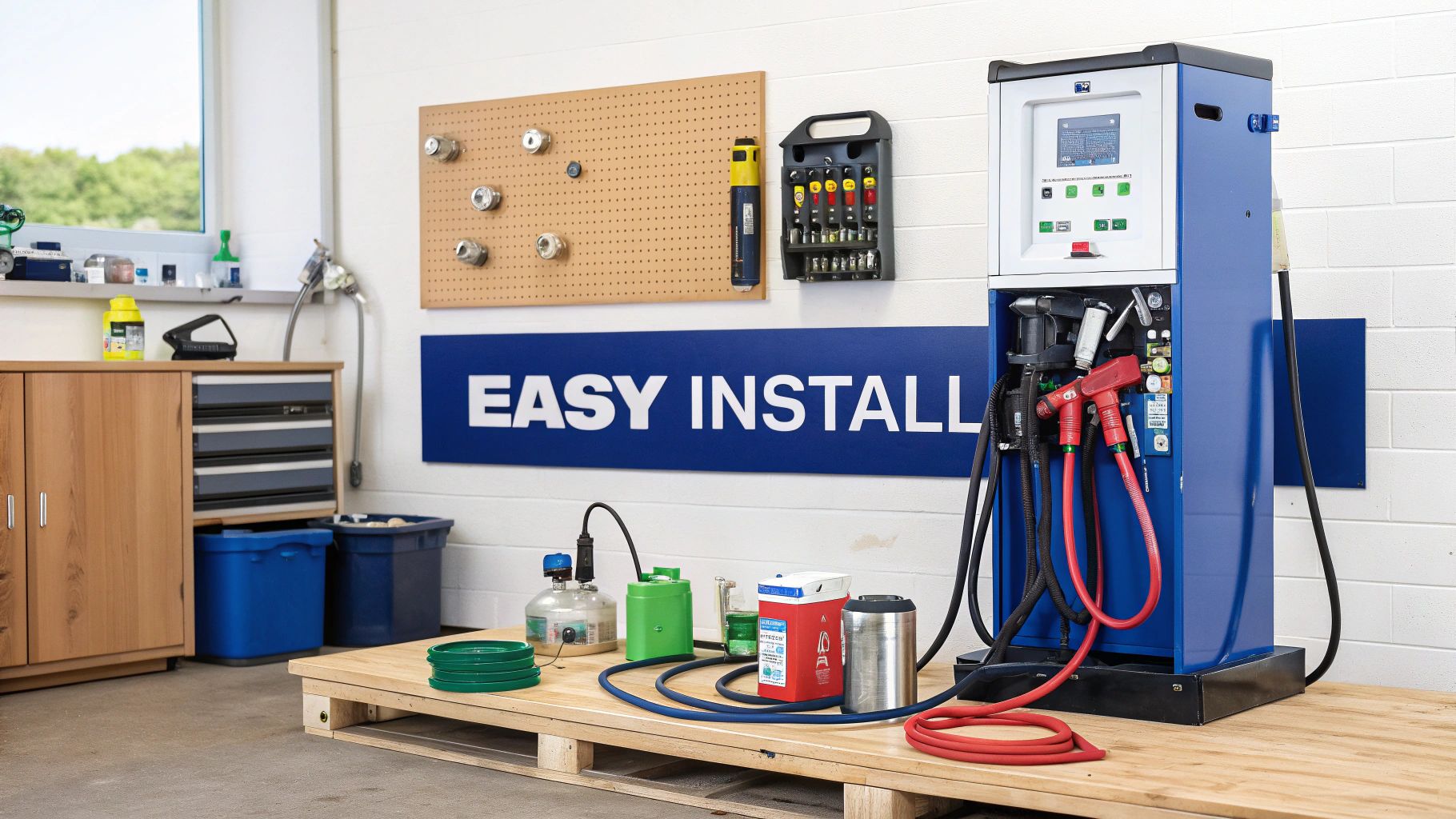
A malfunctioning DEF (Diesel Exhaust Fluid) fuel pump can quickly put your diesel vehicle out of commission. Knowing how to troubleshoot these problems can save you time and money, not to mention the headache of an unexpected breakdown. This guide will walk you through common issues and provide solutions, putting you back in control.
Common DEF Pump Issues and Their Solutions
Several things can go wrong with DEF pumps. Let’s look at the most common problems, their potential causes, the symptoms they display, and how you can fix them.
To help visualize this information, we've compiled a table summarizing the key issues and their solutions.
Common DEF Pump Issues and Solutions:
| Problem | Possible Causes | Symptoms | Solutions |
|---|---|---|---|
| No Start | Failed DEF pump, Electrical issues, Blown fuse | Engine won't start, Warning light illuminated | Check fuse, check wiring, test pump, replace pump if necessary |
| Low Pressure | Clogged filter, Leaking lines, Weak pump | Reduced engine power, Warning light illuminated | Replace filter, inspect and repair lines, test and possibly replace pump |
| High Pressure | Obstructed lines, Faulty pressure regulator | Erratic engine performance, Warning light illuminated | Inspect and clear lines, replace pressure regulator |
| Unusual Noises | Worn pump components, Air in the system | Whining, grinding, or clicking sounds | Bleed the system, inspect and replace worn pump parts |
| DEF Fluid Leaks | Loose connections, Cracked lines, Damaged seals | Visible DEF fluid around pump or lines | Tighten connections, replace lines or seals as needed |
This table provides a great starting point for troubleshooting your DEF pump.
Diagnosing DEF Pump Problems: A Step-by-Step Approach
When troubleshooting, always start with the simplest solutions. First, check the DEF fluid level and quality. If the fluid is low or contaminated, refill it with high-quality DEF. Next, inspect the fuses and wiring for any visible damage. Also, listen for any unusual noises coming from the pump, as these could indicate a worn component.
If these initial checks don’t pinpoint the problem, move to more in-depth diagnostics. This might involve testing the pump's pressure with a pressure gauge or checking for diagnostic trouble codes (DTCs) with a diagnostic scanner. Many modern diesel vehicles store specific DTCs related to the DEF system. For instance, the code P20E8 indicates low reductant pressure, often signaling a pump or line issue.
For further reading on DEF systems, you can explore our sitemap of articles related to DEF.
When to Seek Professional Help
While you can fix many DEF pump problems yourself with basic DIY skills, some require professional help. If you’re unsure about any diagnostic or repair step, consult a qualified diesel mechanic. Issues with complex electrical systems or internal pump damage are best left to the experts. This will prevent further damage and guarantee a proper fix.
The global diesel fuel pumps market is experiencing significant growth, reflecting its essential role in various applications. It's expected to grow from USD 8.5 billion in 2023 to USD 11.9 billion by 2032, a CAGR of 4.0%. This growth highlights the continued importance of diesel engines in industries like transportation and the need for reliable fuel delivery systems. You can find more detailed information on this market growth here. This underscores just how vital DEF pumps are in today's vehicles. Understanding their operation and troubleshooting tips empowers diesel owners and operators.
The Future of DEF Fuel Pump Technology: What's Coming Next
The DEF (Diesel Exhaust Fluid) fuel pump is a critical component in modern diesel engines, helping to reduce harmful emissions. As emission standards become increasingly stringent, the technology behind these pumps is rapidly evolving. Let's explore some of the exciting advancements on the horizon for this humble, yet crucial, component.
Smarter Pumps, Precise Delivery
One key area of innovation is the development of smart DEF pumps. These pumps offer much greater precision in DEF delivery compared to current models. By precisely metering the DEF injected into the exhaust stream, they optimize NOx reduction while minimizing DEF consumption. This not only helps meet emissions regulations but also reduces operating costs. Imagine a pump that automatically adjusts its flow rate based on real-time engine data, ensuring optimal performance in any situation. This level of precision is becoming a reality thanks to advancements in sensor technology and integrated control systems.
Real-Time Monitoring and Predictive Maintenance
Another exciting development is the integration of real-time monitoring. Sensors within the DEF pump and throughout the system continuously track key parameters like pressure, temperature, and fluid quality. This data is then transmitted to the vehicle's onboard computer, offering valuable insights into the health of the DEF system. This allows for predictive maintenance, alerting operators to potential issues before they escalate into failures, reducing downtime and repair costs.
Temperature-Adaptive Delivery Systems
Current DEF pumps can struggle in extreme temperatures, particularly in cold climates where freezing is a concern. Future DEF pumps are being designed with temperature-adaptive delivery systems. These systems automatically adjust the DEF flow based on the ambient temperature, ensuring optimal performance regardless of the weather. This eliminates the need for manual adjustments or special winter blends of DEF, simplifying operation and improving reliability.
Sustainability Enhancements: A Greener Future for DEF Pumps
The future of DEF pump technology also holds promise for greater sustainability. Manufacturers are exploring new materials and manufacturing processes to reduce the environmental impact of production. Next-generation pumps are also being designed for easier recycling, minimizing waste at the end of their lifespan. These improvements reflect a growing industry commitment to environmentally responsible practices. The DEF pumps of the future won’t just be better for your vehicle’s performance—they’ll also be better for the planet.
Selecting the Perfect DEF Fuel Pump: Making the Right Investment
Choosing the wrong DEF fuel pump can cause serious issues, like system damage, vehicle downtime, and expensive repairs. This guide will help you choose the right one, focusing on the most important specifications.
Flow Rate and Pressure: Matching Your Engine's Needs
A DEF fuel pump's flow rate needs to match your engine's DEF consumption. If the flow rate is too low, the SCR system might not get enough DEF, which reduces NOx reduction. On the other hand, a flow rate that's too high can waste DEF and possibly overload the system. The pump's pressure specifications also need to work with your vehicle’s SCR system. The wrong pressure can cause inefficient operation or even damage parts. Check your vehicle’s documentation or talk to a qualified technician to find out the correct flow rate and pressure requirements.
Compatibility and Certifications: Ensuring a Seamless Fit
When choosing a DEF pump, it's vital to make sure it's compatible with your current system. This includes things like electrical connections, mounting points, and hose sizes. Also, look for manufacturer certifications, such as ISO standards, which show the pump meets specific quality and performance benchmarks. This helps ensure you're buying a reliable and long-lasting product. You might also want to check out our selection of DEF fuel pumps and related products.
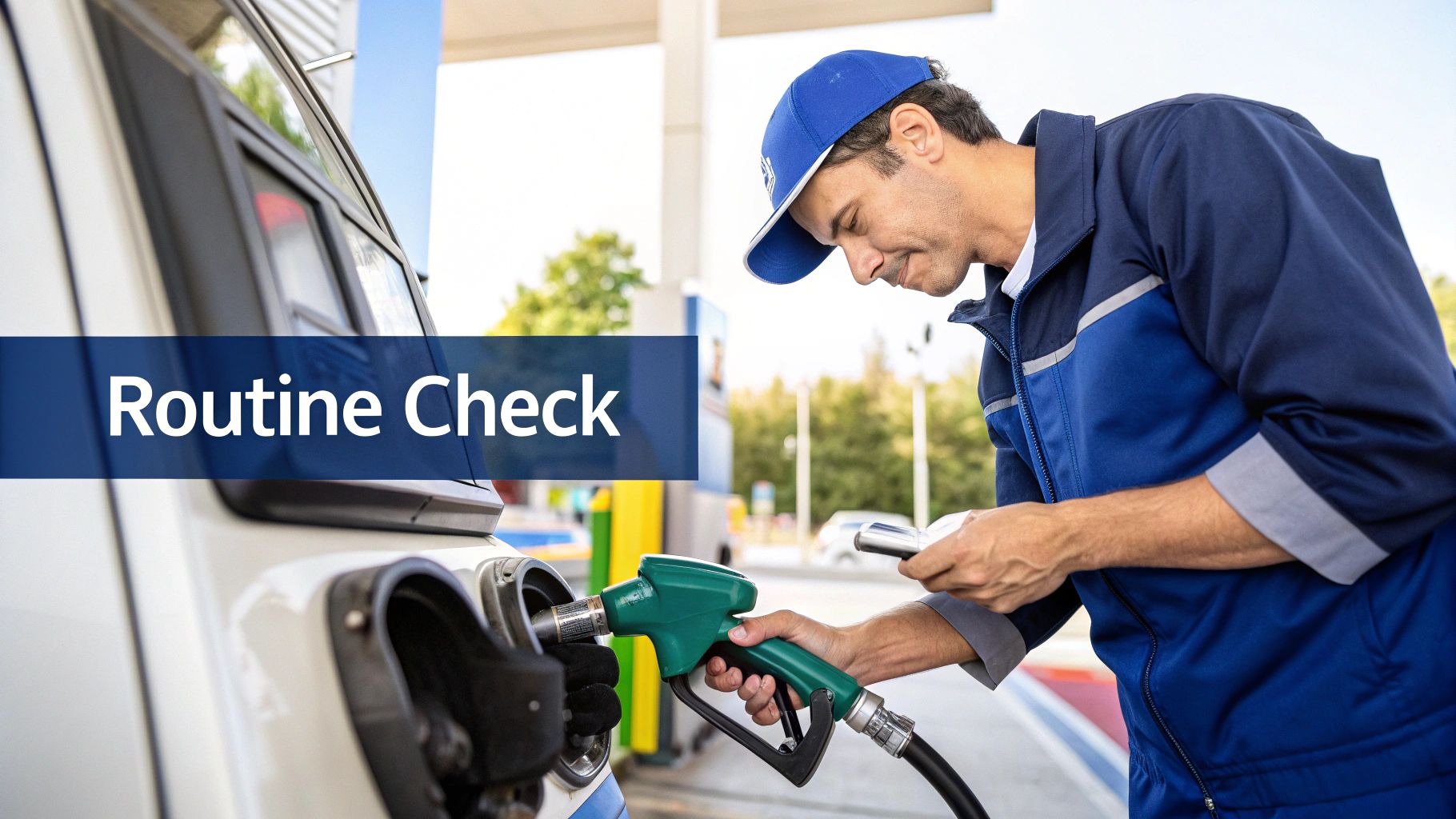
Aftermarket vs. OEM: Weighing the Options
Choosing between aftermarket and OEM (Original Equipment Manufacturer) DEF pumps usually comes down to balancing cost and quality. OEM pumps are generally more expensive, but they're made specifically for your vehicle, guaranteeing the best fit and performance. Aftermarket pumps can be a more affordable choice, but it’s important to pick a reliable brand that meets the necessary specifications. The higher price of an OEM pump is sometimes worth it for its better quality and lifespan. But, in other situations, a good-quality aftermarket pump can provide excellent performance for less money.
Ready for easier fueling? Upgrade to CLiX Fueling Solutions today! Our system automatically stops the fuel nozzle when your tank is full, preventing spills and protecting your boat and the environment. Visit CLiX Fueling Solutions to learn more and order yours now!


